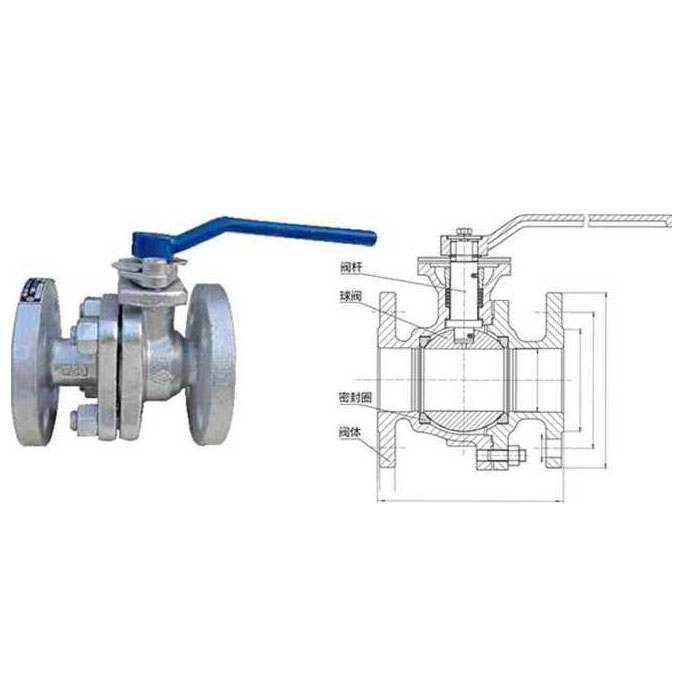The device that connects the toilet to the home's drainage system pipe is called a flange. It should be stable, meaning it doesn't move at all since its goal is to keep the toilet from swaying and water from leaking. There should be screws around the flange to keep it in place. Over time, this component can wear down or even break, or the screws holding it into place can rust away. If that is the case, you may have to replace the flange by removing the toilet, removing the existing piece, and attaching a new one. That may sound rather simple, but there are several important steps to follow.
There are several types of toilet flanges, including PVC, ABS, brass, and cast iron. Most often, you see PVC or ABS. An older home may have a cast iron or brass flange. Cast iron is heavy, whereas brass may have been used if there's a lead bend. Because of the more complex connection method in brass, it's often best to leave the installation of these to a plumber with experience. Also notable, if you have a surface that's not level, you may need a specialty flange. When in doubt, buy exactly what was there to minimize the risk of it not fitting properly. Here's how to repair your toilet. Stainless Steel Flange

First, turn off the water going to the toilet and disconnect the water supply by turning the valve on the back of the toilet and removing the water line that connects to the tank. After draining the water from the toilet, unscrew the two bolts that hold it into place and lift off the toilet. As you do, move the toilet back and forth a bit to help break the wax seal that's underneath, holding it in place.
Before you go further, you'll need to remove the wax ring. Use a putty knife to pry off the material. Once the wax is gone, remove each of the screws holding the flange into the floor. You should only need a screwdriver for this process, though if the flange is very old, the screws may have rusted out. That makes the job a bit harder. You'll then need to clean off any wax from the ring that's on the base of the toilet.
A word of warning to consider is that if you have a flange that's glued to the drain pipe, that means that, after removing the bolts, you will not be able to lift it off. This is less common, but when it occurs, it's best to contact your plumber since trying to pry off that seal could damage the pipe, causing a more expensive repair process. Check to ensure the subfloor is in good condition and solid, or, if not, remove it.
Reverse the steps to install the new toilet flange, first by aligning the new flange to the holes on the floor and then using the provided new hardware or using the old hardware if in good condition. Tighten the bolts as you go. As long as you are using a gasket-sealed flange (the most common type), there's no need to use any type of adhesive for this process. Once in place, place the toilet flange bolts on top and secure them.

Olet The next step involves placing the new wax ring on the toilet opening. It's necessary to ensure the ring sits even with the tile surrounding the toilet. Center the ring on the flange and then place the toilet on top of it. As you place the toilet on top, use pressure in a straight, downward motion to create the seal with the wax ring. Don't move it after that point. Finally, bolt the bowl into place and tighten it, but don't turn so hard that you crack the porcelain. Reconnect the water line, and then turn the water back on. If you notice any leaks, that's likely because the wax ring didn't set. You'll need to install a new wax ring or reach out to a plumber for help. If you need to replace the toilet, be sure to follow the guidelines provided by the manufacturer.